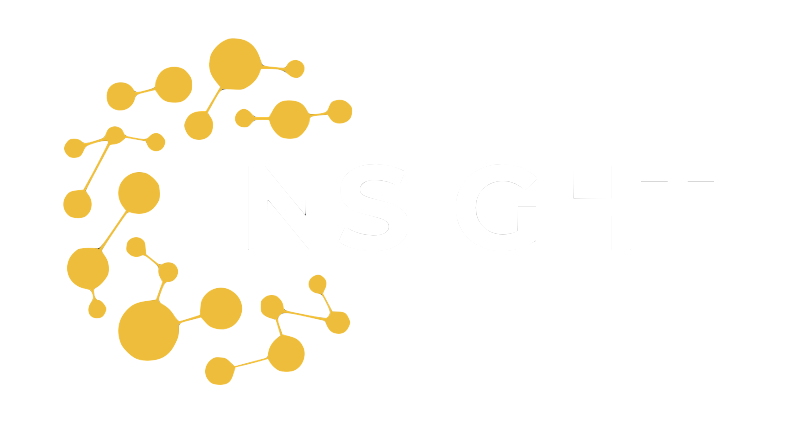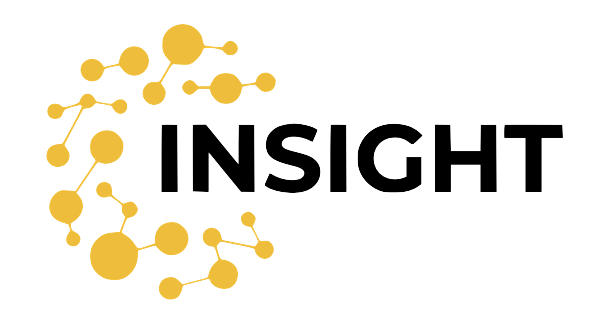The AI Dilemma: The Perfect World or The Perfect Storm?
The positive and negative risks of artificial intelligence.
From Forbes

I have spent the last three years researching with Malay Upadhyay the positive and negative risks of artificial intelligence. One area in particular to be alert to is the evolution of robots to cobots. Cobots are smaller robots performing more service oriented and monotonous tasks freeing up more operator time to be able to handle more complex or creative tasks. Cobots are robots designed to function beside a human in a shared workspace, and given close working proximity to humans, cobots have particular strict security measures for co-habitation with humans.
Recent MIT Research has also found that when humans work in tandem with robots, humans are 85 percent more productive than when either worked alone.
With Cobot’s growth rate currently running at 41.8%, the global collaborative robot market is expected to grow from a little less than $1 billion in 2020 to nearly $8 billion by 2026, growing at 15% compound annual growth rate (CAGR).
Just recently, two of the top robotic leaders, Universal Robots and Danish cobot manufacturer Mobile Industrial Robotics opened up a new collaborative automation centre in Barcelona for cobot production. The types of cobots manufactured are diverse and range from: disinfectant robots to autonomous mobile robots (AMRs) to move supplies. With over $52 billion and $60 billion a year for injuries in the US from moving supplies, there is attraction to implementing AMRs, which use a multi-sensor safety system to avoid collisions, businesses can see significant cost optimization and increased productivity.
Looking beyond these types of cobot solutions, there are now even robots that serve coffee, deliver food and medicine and even provide companionship in nursing homes. I remember being in Japan pre-covid 19, and seeing security cobots guiding down Tokyo major streets scanning the crowd for any risks signs and even seeing robotic baby carriages with safety sensors and mobile food servers. Kawasaki Robotics started commercial production of industrial robots over 40 years ago. About 700,000 industrial robots were used worldwide in 1995, 500,000 of them in Japan. Japan is one of the most modernized countries in using robots and cobots.
As our world evolves, man and machine will continue to live in closer and closer proximity.
Excerpts from our new book below, The AI Dilemma reviews diverse industries from agriculture, education, entertainment and media, government, high-tech, and manufacturing, etc. Each industry has a point of view on AI from a perfect world or a perfect storm perspective through the eyes of a fictitious character named Alixia Bolt. She is a 31 chief cyber security AI Officer responsible for controlling all the world’s security dynamics for AI Central, which is a global nervous system connecting all computer systems and interfaces between man and machine.
Sounds like science fiction, but imagine what our world could look like in less than 200 years due to the continued explosion of AI and cobots and image they are simply everywhere on earth and in other planets, as well that humans have had to co-habitat to survive from the devastation of climate change.
The strategic plans we develop today – the governance plans we institutionalize today – the talent selection we choose today – the business model evolution we invest in today – will all influence our future world design and order.
As leaders we have to get AI right – there is limited time given the accelerated battleground between America and China to dominate, as outlined in the recent USA National Security Commission Report on AI.
Will our leaders help us create a Perfect World or will they create a Perfect Storm blinded by lack of aligned international policies, ethical and legal frameworks to ensure we build a world that is kind and values privacy and respects what it means to be human?
Excerpt from The AI Dilemma
Although these two scenarios may seem beyond our world today, all the technology concepts are available today in research labs or in some homes – already. With Cyber-Security hacking becoming more sophisticated, and homes having central AI nervous systems, it is not inconceivable this world through Alixia Bolt’s eyes is in our immediate reach.
But, are we ready?


